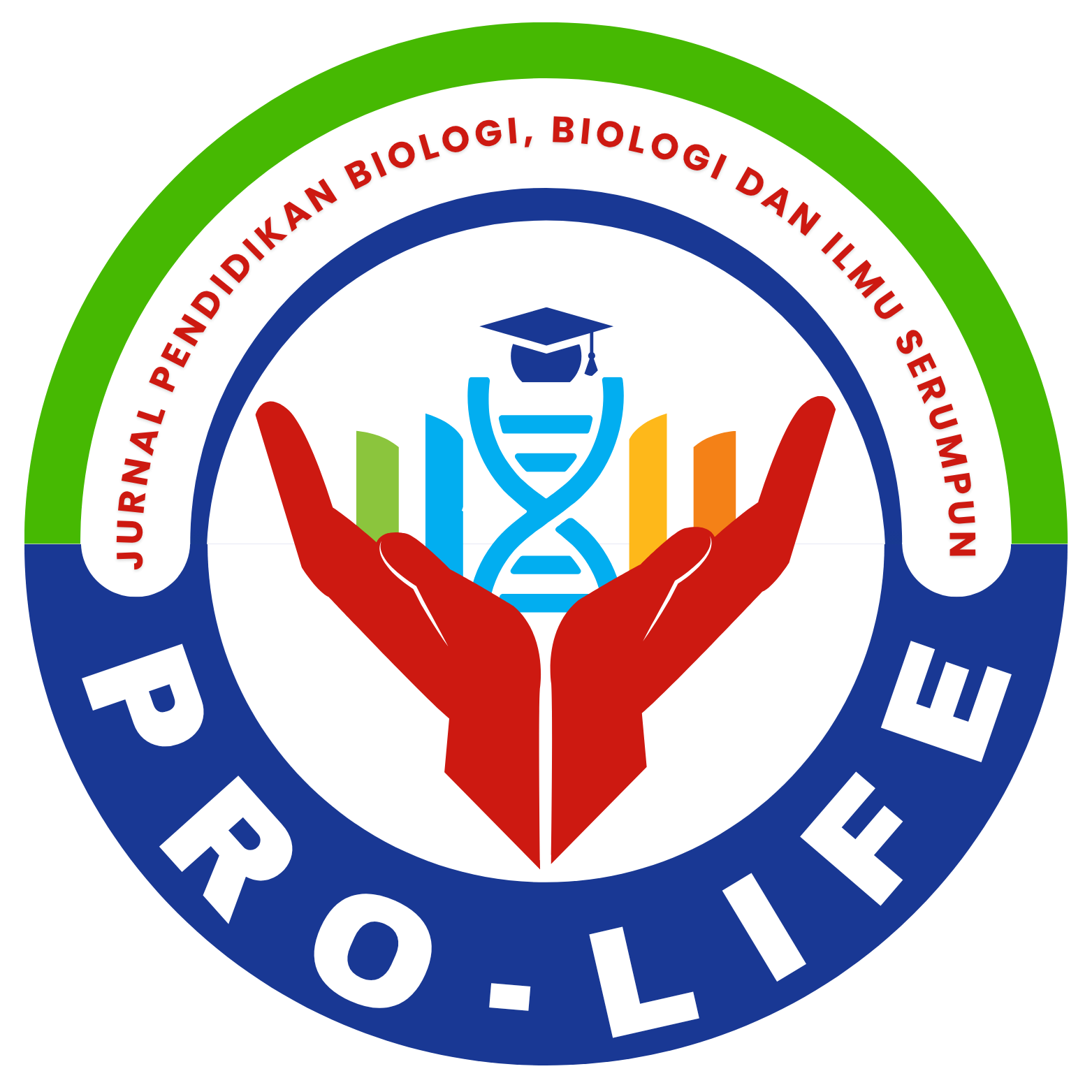Diversity of Insect Herbivores and Natural Enemies That Have Association with Shallot Cultivation in Organic and Conventional Farm in Balige
DOI:
https://doi.org/10.33541/pro-life.v10i3.5183Keywords:
insects diversity, insects herbivore, parasitoid, predator, true shallot seedAbstract
Balige will be a centre for producing onions from true shallot seeds (TSS). Some of the obstacles encountered in shallot cultivation are pest and disease attacks. The frequency of pesticide use has been carried out intensively. This research aims to compare insect diversity and determine the presence of herbivorous insects and natural enemies in the cultivation of true shallot seeds in organic and conventional farming systems in the vegetative and generative phases in the Balige highlands, Tobasa Regency. This research was carried out on an area of 2000 m2 at the Gurgur, Balige Experimental Garden and Plant Pest and Disease Laboratory, Faculty of Agriculture, University of North Sumatra. Medan from August to December 2017. This research used five insect traps (Sweeping Nets, Pitfall Traps, Light Traps, Yellow Sticky Traps, and Hand Picking) and was repeated eight times. Insects are identified to their families and their role in the ecosystem is also determined. The composition of pests found in shallot plants, both organic and conventional, is dominated by Tephritidae and Noctuidae. The composition of predators found in organic and conventional shallot plants is Formicidae and Forficulidae followed by Coccinelidae, Carabidae, Staphylinidae, Coenagrionidae, Corduliidae, and Anthocoridae. The parasitoid composition is Tachinidae. There are differences in the diversity (H'), evenness (E') and dominance (C) index values in organic and conventional shallot plants, the highest H' (2.885) is in the generative phase of organic plants, the highest E' (0.822) in the generative phase in conventional plants and the lowest C (0.094) in the generative phase in organic plants.
References
Borror, B. J., Triplehorn, C. A., & Johnson, N. F. (1996). Pengenalan pelajaran serangga (Edisi keenam; S. Partosoejono, Penerj.). Gadjah Mada University Press. (Karya asli diterbitkan dalam bahasa Inggris)
Chen, H.-L., Hasnain, A., Cheng, Q.-H., Xia, L.-J., Cai, Y.-H., Hu, R., Gong, C.-W., Liu, X.-M., Pu, J., Zhang, L., & Wang, X.-G. (2023). Resistance monitoring and mechanism in the fall armyworm Spodoptera frugiperda (Lepidoptera: Noctuidae) for chlorantraniliprole from Sichuan Province, China. Frontiers in Physiology, 14, 1180655. https://doi.org/10.3389/fphys.2023.1180655
Kadi, B. S. K. (2014). Organisme pengganggu tanaman. Universitas Negeri Yogyakarta.
Pusat Data dan Sistem Informasi Pertanian. (2020). Komoditas pertanian subsektor hortikultura: Bawang merah (ISSN 1907–1507). Kementerian Pertanian.
Rosliani, R., Waluyo, N., Yufdy, M. P., Harmanto, H., Sulastrini, I., Handayani, T., Sembiring, A., Gunaeni, N., Gaswanto, R., Rahayu, A., & Efendi, A. M. (2022). Benih biji bawang merah (True Seed of Shallot) di Indonesia (Cet. 1). IAARD Press, Badan Penelitian dan Pengembangan Pertanian.
Salat-Moltó, A., Blanco-Moreno, J. M., Pérez Hidalgo, N., & others. (2023). Aggregation of organically managed fields promotes aphid parasitism in cereal crops under Mediterranean conditions. Landscape Ecology. https://doi.org/10.1007/s10980-023-01715-w
Sharma, A., & Ramniwas, S. (2023). Fungal–Tephritidae interaction: A review on potential application in pest management. International Journal of Pest Management. https://doi.org/10.1080/09670874.2023.2209042
Stuligross, C., Melone, G. G., Wang, L., & Williams, N. M. (2023). Sublethal behavioral impacts of resource limitation and insecticide exposure reinforce negative fitness outcomes for a solitary bee. Science of The Total Environment, 867, 16392. https://doi.org/10.1016/j.scitotenv.2023.16392
Wiguna, G., Hidayat, I. M., & Azmi, C. (2013). Perbaikan teknologi produksi benih bawang merah melalui pengaturan pemupukan, densitas, dan varietas. Jurnal Hortikultura, 23(2), 137–142.
Yilmaz, A., & Spaethe, J. (2022). Colour vision in ants (Formicidae, Hymenoptera). Philosophical Transactions of the Royal Society B: Biological Sciences, 377(20210291). https://doi.org/10.1098/rstb.2021.0291
Downloads
Published
How to Cite
Issue
Section
License
Copyright (c) 2024 Toni Arya Dharma

This work is licensed under a Creative Commons Attribution-ShareAlike 4.0 International License.















.svg_.png)





